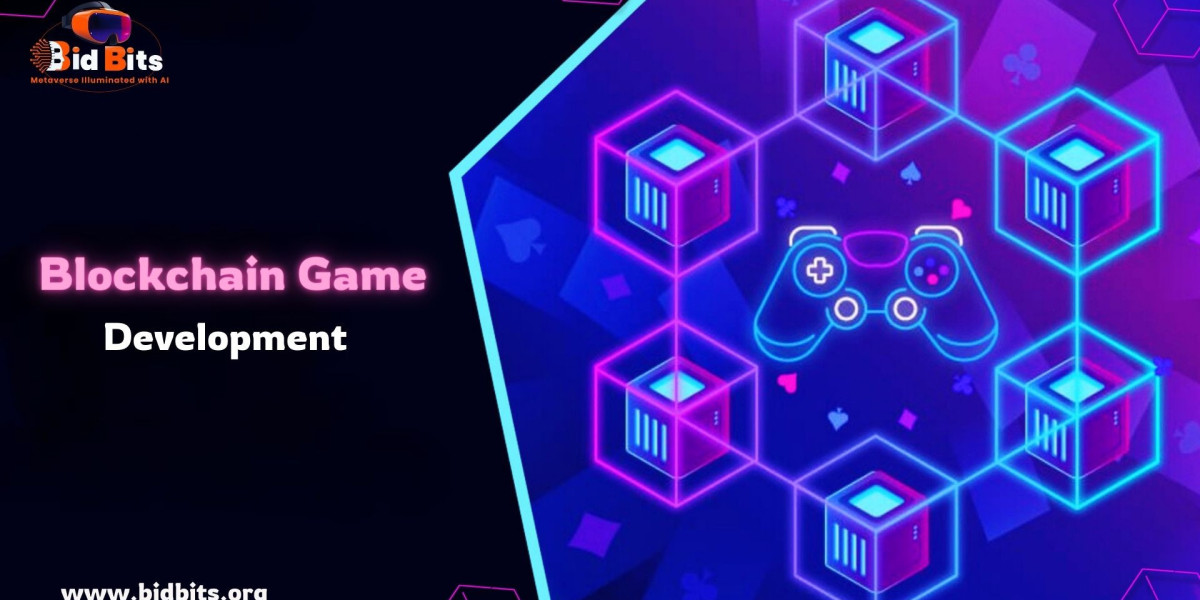Attention-Deficit/Hyperactivity Disorder (ADHD) is a neurodevelopmental condition that affects millions of people worldwide. One of the most significant and often debilitating aspects of ADHD is executive dysfunction, a term that refers to the impaired ability to manage oneself and one’s resources to achieve a goal. This dysfunction encompasses a range of cognitive processes including working memory, flexible thinking, and self-control. Understanding these challenges and developing strategies to overcome them can significantly improve the quality of life for individuals with ADHD.
Understanding Executive Dysfunction
Executive functions are the mental skills that help an individual manage time, pay attention, switch focus, plan and organize, remember details, and integrate past experience with present action. For people with ADHD, these functions can be significantly impaired. Executive dysfunction in ADHD can manifest in various ways, including:
Difficulty in Organizing Tasks:
People with ADHD symptoms often struggle to break down tasks into manageable steps. This can make even simple tasks seem overwhelming and lead to procrastination.
Poor Time Management:
Individuals with ADHD frequently underestimate the time needed to complete tasks or become easily distracted, leading to poor time management.
Impulsivity:
This is a hallmark of ADHD. Impulsivity can lead to making hasty decisions without considering the consequences, which can interfere with planning and problem-solving.
Inconsistent Attention:
While individuals with ADHD can sometimes hyperfocus on tasks, they may struggle to maintain attention on tasks that they find boring or challenging.
Working Memory Deficits:
Working memory is the ability to hold and manipulate information in the mind over short periods. A deficit in working memory can make it difficult for people with ADHD to follow instructions or complete tasks that require multiple steps.
These challenges can affect various aspects of life, including academic achievement, career success, relationships, and overall well-being. However, by understanding the nature of executive dysfunction, individuals with ADHD and their caregivers can develop strategies to mitigate these difficulties.
Strategies for Overcoming Executive Dysfunction
The following strategies are designed to help individuals with ADHD manage the challenges of executive dysfunction more effectively.
1. Creating Structure and Routine
One of the most effective ways to combat executive dysfunction is by creating a structured environment. Routines provide predictability and reduce the cognitive load required to make decisions. Here are some strategies to build structure:
Daily Schedules:
Establishing a daily schedule can help individuals with ADHD manage their time more effectively. Use visual aids like calendars, planners, or apps to keep track of tasks and appointments. Breaking the day into manageable chunks with designated times for specific activities can make tasks feel less overwhelming.
Consistent Routines:
Developing consistent routines, especially for daily tasks such as morning and bedtime activities, can help reduce decision fatigue. For example, setting a fixed time for waking up, eating meals, and going to bed can help regulate attention and energy levels.
Use of Timers and Alarms:
Timers and alarms can be used to keep track of time and serve as reminders for tasks. Setting a timer for tasks can also help in managing time better and prevent hyperfocusing on one task to the detriment of others.
2. Breaking Down Tasks
Large tasks can be overwhelming, especially for someone with ADHD. Breaking down tasks into smaller, more manageable steps can help in maintaining focus and achieving goals.
Task Chunking:
Break down larger projects into smaller, actionable tasks. For example, instead of writing “clean the house” on a to-do list, break it down into specific tasks like “vacuum the living room,” “clean the kitchen countertops,” etc.
Prioritization:
Teach individuals to prioritize tasks based on urgency and importance. Using tools like the Eisenhower Matrix, which categorizes tasks into four quadrants (urgent and important, important but not urgent, urgent but not important, neither urgent nor important), can help in focusing on what truly matters.
Reward System:
Incorporate a reward system for completing tasks. Rewards, whether small (like a treat) or larger (like a break), can provide the motivation needed to complete tasks.
3. Enhancing Working Memory
Working memory deficits can make it difficult for individuals with ADHD to remember instructions or complete tasks that require multiple steps. Here are some strategies to enhance working memory:
Use of Visual Aids:
Visual aids like sticky notes, checklists, and mind maps can help in recalling information and tracking progress. Keeping visual reminders in prominent places can serve as cues to complete tasks.
Repetition and Rehearsal:
Encourage repetition and rehearsal of information. For example, repeating instructions or steps aloud or writing them down can reinforce memory.
Technology Aids:
Use of apps and tools that support working memory, such as digital to-do lists, reminders, and apps designed to improve cognitive skills, can be very beneficial.
4. Improving Focus and Attention
Maintaining focus on tasks, especially those that are perceived as boring or difficult, is a common challenge for people with ADHD. The following strategies can help in improving focus and attention:
Mindfulness and Meditation:
Practices like mindfulness and meditation can help individuals with ADHD improve their attention and reduce impulsivity. Mindfulness involves focusing on the present moment and can be practiced through activities like deep breathing or guided meditation.
Environmental Modifications:
Reducing distractions in the environment can significantly improve focus. This might involve creating a quiet workspace, limiting access to distractions like social media during work or study times, and using noise-canceling headphones if necessary.
Pomodoro Technique:
The Pomodoro Technique involves working in short bursts (typically 25 minutes) followed by a short break. This method can help in maintaining focus and managing time more effectively.
5. Managing Impulsivity
Impulsivity can lead to making hasty decisions or engaging in risky behaviors without considering the consequences. Strategies to manage impulsivity include:
Pause and Reflect:
Encourage individuals to pause and think before acting. This can be facilitated by asking themselves questions like “What are the possible consequences of this action?” or “Is this decision aligned with my long-term goals?”
Delay Gratification:
Practice delaying gratification by setting small goals and rewards. For example, waiting until after completing a task to check a phone can help in building self-control.
Cognitive Behavioral Therapy (CBT):
CBT is a therapeutic approach that can help individuals with ADHD recognize and change impulsive thought patterns. Through CBT, individuals learn to identify triggers for impulsivity and develop strategies to manage these impulses.
6. Developing Organizational Skills
Organizational skills are often impaired in individuals with ADHD, leading to challenges in managing time, resources, and responsibilities. Enhancing these skills can lead to significant improvements in daily functioning:
Decluttering:
A cluttered environment can contribute to a cluttered mind. Encourage regular decluttering of physical spaces like desks, rooms, and digital spaces like email inboxes and desktops. Keeping a tidy and organized space can reduce distractions and improve focus.
Use of Organizers and Planners:
Tools like organizers, planners, and apps can help in tracking tasks, appointments, and deadlines. Encouraging the use of color-coding, labels, and other visual aids can make these tools even more effective.
Routine Reviews:
Regularly reviewing and adjusting routines can help in identifying what works and what doesn’t. This can include setting aside time each week to review progress on goals and make necessary adjustments.
7. Self-Care and Physical Health
Physical health and self-care play a crucial role in managing ADHD symptoms, including executive dysfunction. Encouraging healthy habits can have a positive impact on cognitive functions and overall well-being:
Regular Exercise:
Physical activity has been shown to improve focus, memory, and executive function. Encouraging regular exercise, whether it’s through structured workouts, sports, or simply walking, can help in managing ADHD symptoms.
Healthy Diet:
A balanced diet that includes nutrients essential for brain health, such as omega-3 fatty acids, can support cognitive function. Avoiding processed foods, sugars, and artificial additives, which can exacerbate ADHD symptoms, is also recommended.
Adequate Sleep:
Sleep is essential for cognitive function and emotional regulation. Individuals with ADHD should prioritize good sleep hygiene practices, such as maintaining a consistent sleep schedule, creating a relaxing bedtime routine, and minimizing screen time before bed.
Stress Management:
Chronic stress can worsen executive dysfunction. Techniques such as deep breathing, progressive muscle relaxation, and engaging in hobbies can help in managing stress.
8. Building a Support System
A strong support system is vital for individuals with ADHD. Support can come from family, friends, educators, and mental health professionals. Building this network involves:
Open Communication:
Encourage open and honest communication about challenges and needs. This can help in building understanding and reducing stigma.
Seeking Professional Help:
Professional support, including therapy, coaching, and medication, can be crucial in managing ADHD symptoms and executive dysfunction. Cognitive Behavioral Therapy (CBT), as mentioned earlier, is particularly effective in helping individuals develop coping strategies.
Joining Support Groups:
Support groups, whether in person or online, can provide a sense of community and shared understanding. Connecting with others who face similar challenges can be empowering and provide valuable insights and tips.
Conclusion
Executive dysfunction is a significant challenge for individuals with ADHD, but with the right strategies and support, it is possible to manage these difficulties effectively. Creating structure and routine, breaking down tasks, enhancing working memory, improving focus, managing impulsivity, developing organizational skills, prioritizing self-care, and building a strong support system are all essential steps in overcoming executive dysfunction.


